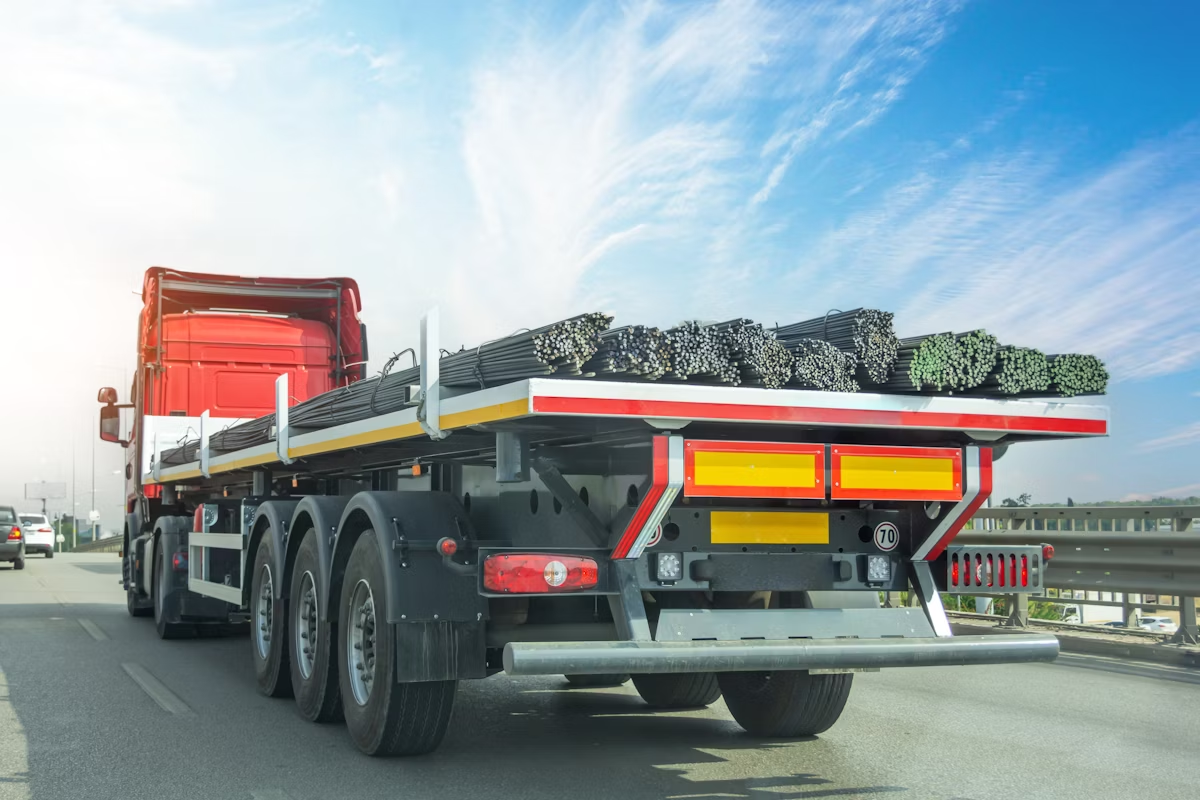Contents
- Table of Contents
- Introduction
- Digital Transformation in Supply Chains
- Sustainable Practices and Green Logistics
- Prefabrication and Modular Construction
- Supply Chain Resilience and Diversification
- Automation and Robotics in Supply Chains
- Material Handling and On-Site Robotics
- Collaborative Platforms and Data Sharing
- Advanced Analytics and Predictive Modeling
- Conclusion
Table of Contents
- Introduction
- Digital Transformation in Supply Chains
- Sustainable Practices and Green Logistics
- Prefabrication and Modular Construction
- Supply Chain Resilience and Diversification
- Automation and Robotics in Supply Chains
- Collaborative Platforms and Data Sharing
- Advanced Analytics and Predictive Modeling
- Conclusion
Introduction
As the utility and construction sectors continue to evolve, the efficiency and reliability of supply chains have become more critical than ever before. Industry professionals must adapt to shifting demands, regulatory changes, and unexpected global challenges. Companies can stay ahead in this competitive landscape by understanding emerging trends and embracing transformative strategies. For those seeking specialized resources such as an electrical conduit supplier, recognizing these shifts is essential to maintaining a resilient and responsive operation.
The increasing complexity of projects and growing sustainability concerns mean that every material provider must be proactive in navigating their supply chains. Suppliers who harness digital tools, sustainable logistics, and collaborative networks can better serve clients across the utility and construction industries. Knowing where to find reliable partners and adopting best practices aren’t just advantages—they’re necessities in a rapidly changing marketplace.
Digital Transformation in Supply Chains
The digital revolution is reshaping supply chains across all sectors, with utility and construction material providers seeing significant advancements by introducing innovative technologies. The adoption of Internet of Things (IoT) solutions has grown markedly—recent studies report a 25% increase in IoT deployment within the industry over just two years. Real-time data on material movements and equipment enables live monitoring and transparency, reducing delays or loss. Building Information Modeling (BIM) further improves project efficiency and communication between suppliers, contractors, and end-users, with the potential to cut supply chain costs in construction projects by as much as 20%.
Digitalization also brings benefits in terms of traceability and compliance. Advanced tracking systems ensure that materials arrive on time and meet regulatory standards. For companies searching for products, these tools guarantee timely sourcing, reliable documentation, and quality assurance.
Sustainable Practices and Green Logistics
Climate change and environmental impact concerns push supply chain managers to prioritize sustainable solutions. Over half of utility companies seek green logistics initiatives to shrink their carbon footprint. Efforts include optimizing transportation to minimize emissions, partnering with environmentally responsible vendors, and adopting electric or hybrid vehicles in fleet operations. The implementation of circular economy practices—like recycling and reusing site materials—demonstrates a culturally responsible response to waste reduction.
These strategies foster not just compliance with tightening regulations, but also strengthen a company’s reputation among customers and stakeholders. Embracing sustainable methods from sourcing to delivery helps safeguard the environment and can result in meaningful cost savings in the long run.
Prefabrication and Modular Construction
Prefabrication and modular construction are revolutionizing the way utility infrastructure and construction projects are executed. Rather than complete builds on-site, companies fabricate components in controlled environments, then transport them to the intended location for assembly. This process reduces supply chain material handling costs by 15-25% and minimizes waste by optimizing material usage during manufacturing. Enhanced quality control is a natural outcome, as components are created under closely monitored conditions, resulting in fewer defects and reworks.
Faster project timelines are another significant advantage, with streamlined logistics decreasing weather- and labor-related delays on construction sites. These methods are becoming a staple for progressive contractors and utility providers looking for reliable, cost-effective building solutions.
Supply Chain Resilience and Diversification
Global events and disruptions—ranging from pandemics to geopolitical shifts—have highlighted vulnerabilities within traditional supply chains. Data shows that about 60% of utility companies have suffered project delays due to supply chain disruptions. To strengthen resilience, companies are diversifying their supplier networks, exploring local sourcing options to reduce dependence on global logistics, and maintaining critical stockpiles of essential materials.
By investing in supplier diversification and regional partnerships, organizations can better navigate unforeseen challenges, meet customer expectations, and avoid costly interruptions that threaten long-term growth.
Automation and Robotics in Supply Chains
Advancements in automation are quickly transforming supply chain operations. From automated warehousing and robot-assisted packing to driverless vehicles and advanced 3D printing, new technologies are reducing labor costs while improving safety and accuracy. In fact, the utility sector has seen a 25% increase in the use of 3D printing for critical part production over the past year, leading to a remarkable reduction in lead times.
Material Handling and On-Site Robotics
Robots now handle repetitive or physically intensive tasks on job sites, from moving heavy materials to assisting with installation and inspection. This not only boosts productivity but also lowers the risk of workplace injuries and ensures greater consistency in construction quality.
Collaborative Platforms and Data Sharing
Seamless information exchange is at the heart of efficient, future-proof supply chains. Digital collaborative platforms enable contractors, suppliers, and project managers to share real-time updates and documents, improving transparency and coordination. When all stakeholders have instant access to vital data, delays are minimized and important decisions are made with greater clarity and speed.
Advanced Analytics and Predictive Modeling
Leveraging data analytics is a game-changer for modern supply chain management. Companies that invest in predictive modeling tools—used by 65% of major utility providers—gain the ability to anticipate disruptions and strategically allocate resources. By analyzing historical data, current market trends, and external risk factors, decision-makers can optimize inventory, manage supplier relationships, and proactively address future challenges.
Conclusion
Utility and construction material providers must remain vigilant, adaptive, and innovative to succeed. Mastering digital transformation, sustainability initiatives, and smart logistics ensures a more resilient and straight-line path to project success. By adopting these industry-leading trends, companies can better serve clients, reduce costs, and stay competitive in an ever-changing environment.
